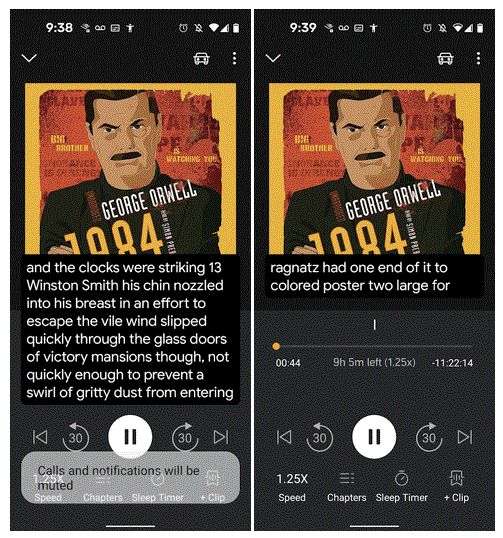Make Sure your Patent Application is “DIRECTED TO” a Specific Technological Solution
From:中国(深圳)知识产权保护中心
Updated:2021-06-23
March 8, 2021 | Dennis Crouch
Enco Systems, Inc. v. DaVincia, LLC (Fed. Cir. 2021) [ENCO]
Judge Stephen Limbaugh (E.D. Mo.) sided with the accused infringer DaVincia– holding that the claims of ENCO’s U.S. Patent No. 7,047,191 are invalid under 35 U.S.C. § 101 as directed to an abstract idea. On appeal, the Federal Circuit has affirmed.
U.S. Patent No. 7,047,191 claims a method of providing captioning in an audio-visual signal using speech-to-text processing. Claim 1 includes a number of limitations:
Selecting the number of lines of caption data to be displayed (I have an image below showing how my phone does this).
Determining the caption encoder system being used
Training the system to on new words;
Using AV cues to time the captioning so that it displays at the appropriate time.

On motion to dismiss, the district court found the claims directed to the abstract idea of “automated stenography implemented on a computer.” The court looked particularly to the claim limitations and found them written at a “high-level of generality” and using “broad form functional terminology.” With regard to Alice step two, the court found the claim limitations lacked any particular or concrete configuration that could serve to ground the abstract idea.
To know whether a patent claim is improperly “directed to” an abstract idea, the court have been looking to the claims and specification in a search for objective suggestions of what the inventor thinks is the advance provided by the invention. What does the patent document assert as the “focus of the claimed advance over the prior art.” Slip Op, quoting Affinity Labs of Tex., LLC v. DIRECTV, LLC, 838 F.3d 1253 (Fed. Cir. 2016). Here, the court looked to the claims and the specification and concluded that the focus “is simply the abstract idea of automating the AV-captioning process.” In this process, the court is typically looking for a “technical solution to a technical problem,” although that is not always required. Here, the court noted that, although the invention involves computers it is not directed toward “any specific improved computer techniques for performing those functions—functions intrinsic
to the concept of AV captioning.” Rather, the benefit from the invention is simply automation of work previously done by humans.
Although the abstract idea test is not a novelty test, the courts repeatedly fall back on novelty in their explanation. Here, the court writes:
The advance is only at the abstract level of computerization because claim 1 fails to set forth specific techniques for processing the data, instead reciting known computer techniques for automation of known processes.
Slip Op. The court also found no help for the patentee underAlice step two. “The claims do not incorporate anything more beyond conventional computing hardware and software, which do not transform the subject matter into an eligible application of the abstract idea.”
In a recent “informative” opinion, the PTAB found speech-to-text patent claims eligible underAlice. Ex parte Hannun, No. 2018-003323, 2019 WL 7407450 (P.T.A.B. Apr. 1, 2019). On appeal the court gave no deference to the PTAB’s interpretation of eligibility doctrine and also distinguished the case — noting that Hannun recited a particular algorithm for measuring tailored parameters.
I love figure 1 below with the bulky video camera and boxy computer equipment. The patent claims priority back to a 2000 filing date — before Apple rounded all the corners.

